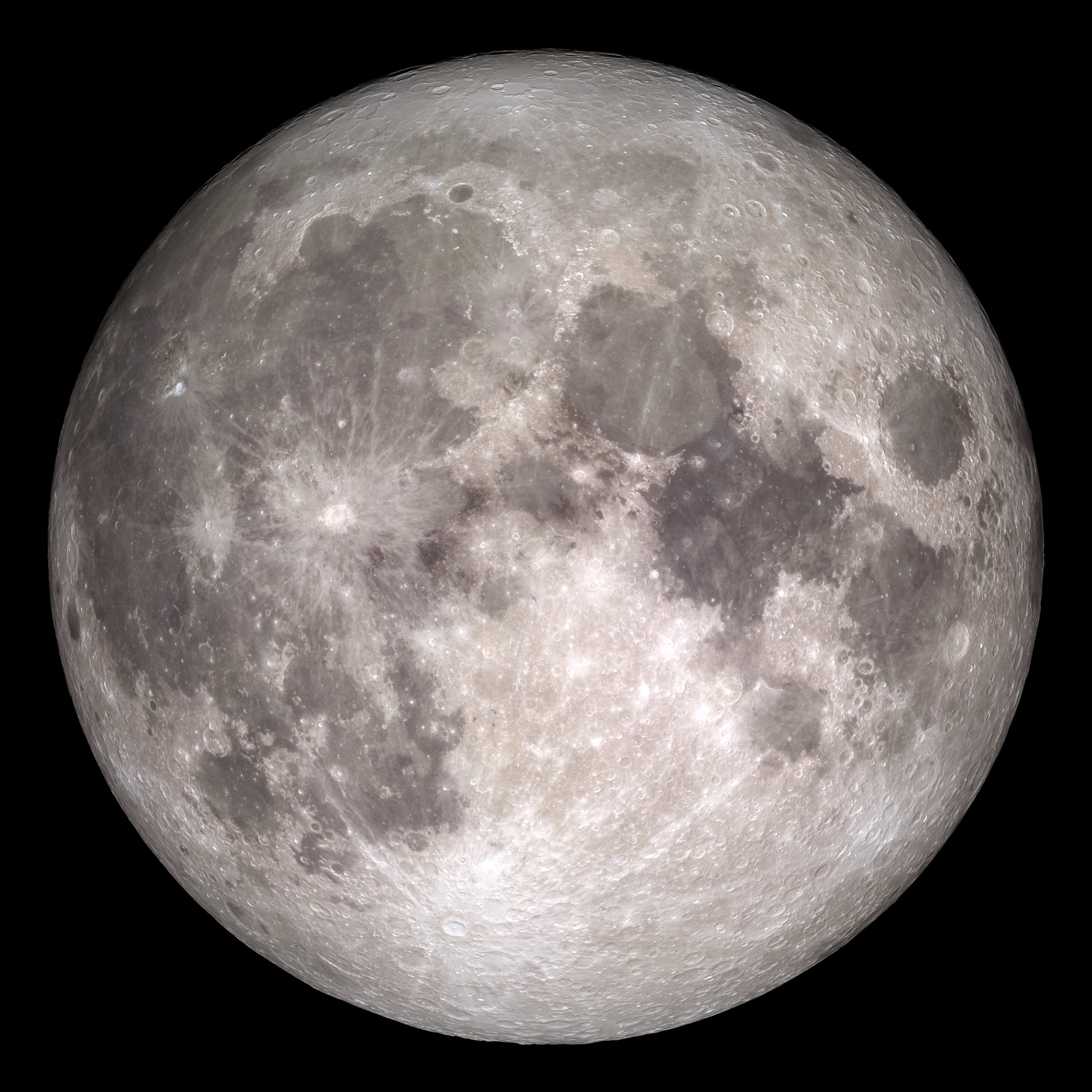Briefly Describe the Origin of the Moon
The moon formed a hundred million years after the creation of the solar system. The origin of the Moon is usually explained by a Mars-sized body striking the Earth making a debris ring that eventually collected into a single natural satellite the Moon but there are a number of variations on this giant-impact hypothesis as well as alternative explanations and research continues into how the Moon came to be.
The Moon S Formation And Evolution
Briefly describe Earths origin as part of the Solar System.

. The spherical shape is confirmed by the arrival of a ship seen first by its. This question hasnt been solved yet Ask an expert Ask an expert Ask an expert done loading. Briefly describe the photosphere of the sun and taking care to include the clear statement of its location relative to the other layers of the suns at.
This causes the moon to set and the sun to rise. Many ancient cultures from around the world had their own legends about the origin of the Moon. Scientists are still unsure as to how the moon formed but here are three of their best bets.
Oort cloud is in. A A week after full moon the Moons phase is. Describe each in terms of location the orbits and numbers of comets and there likely origin.
Crater counts indicate volcanic and tectonic activity ceased after first billion. Most were linked to a mythological. Briefly describe how we categorize jovian moons by size.
Mention any three celestial objects in the sky. Briefly describe the overall layout of the solar system as it is shown in Figure 71. Which graph best shows the amount of.
Age of Moon 2 Differentiation 3 Dry Rocks 4 No Iron 5 Isotopes identical to. Briefly describe the origin of the Moon. Briefly describe how differences in composition among the jovian planets can be traced to their formation.
Briefly summarize the geological history of Mercury. Briefly describe the origin of the Moon. A ring of comets that orbit the Sun beyond the orbit of Neptune is the Kuiper Belt.
The earth in the full moon is on the opposite end of the horizon compared to the moon. One early theory was that the moon is a sister world that formed in orbit around Earth as the Earth formed. Justus Sustermans 15971681 Portrait of Galileo.
What is the origin of most of the medium and large moons. A new paper by Barboni et al. Yet the origins of the Moon were a mystery for astronomers until recently and may still not be entirely resolved.
This theory failed because it could not explain why the moon lacks iron. How are Mercurys great cliffs thought to have formed. What is new moon Name the brightest object in the night sky.
Small moons less than. When the moon passes between the sun and the. A Diagrammatically represent the various phases of the moon.
All have problems and they have been supplanted by the giant impact hypothesis which ascribes the origin of the Moon to the impact of a Mars-sized. Titled Early formation of the Moon 451 billion years ago published in Science Advances presents uranium-lead dating of Apollo 14 zircon fragments that yield. During a lunar eclipse the moon briefly passes through the _____ where it receives much less sunlight causing the moon to appear dim.
The three standard hypotheses for the origin of the Moon were the fission hypothesis the sister hypothesis and the capture hypothesis. Other proposed scenarios include captured body fission formed together condensation theory synestia planetesimalcollisions formed from ast. The earth has got a spherical shape slightly bulging at the equator and flattened at the poles.
1 Some theories have been stated that presume the proto-Earth had no large moons early in the formation of the Solar System 4425 billion years ago Earth being basically. Get an answer for Briefly describe the origin of the universe and find homework help for other Astronomy questions at eNotes. Briefly describe the relationship.
What are the four major features of our solar system that provide clues to how it formed. What is the origin of many of the small moons. How far is Earth from the Sun in terms of light speed.
In terms of kilometers and miles. Astronomy has been practiced for as long as humans have been looking at the sky and wondering what it all means. What is the origin of many of the small moons.
Briefly describe how differences in composition among the jovian planets can be traced to their formation.

Phases Of The Moon 8th Grade Science

Eso Supernova Exhibition Why Do We See Different Phases Of The Moon

Moon Facts Fun Information About The Earth S Moon Space

The Moon Facts Phases Of Moon Distance Between Earth And Moon
No comments for "Briefly Describe the Origin of the Moon"
Post a Comment